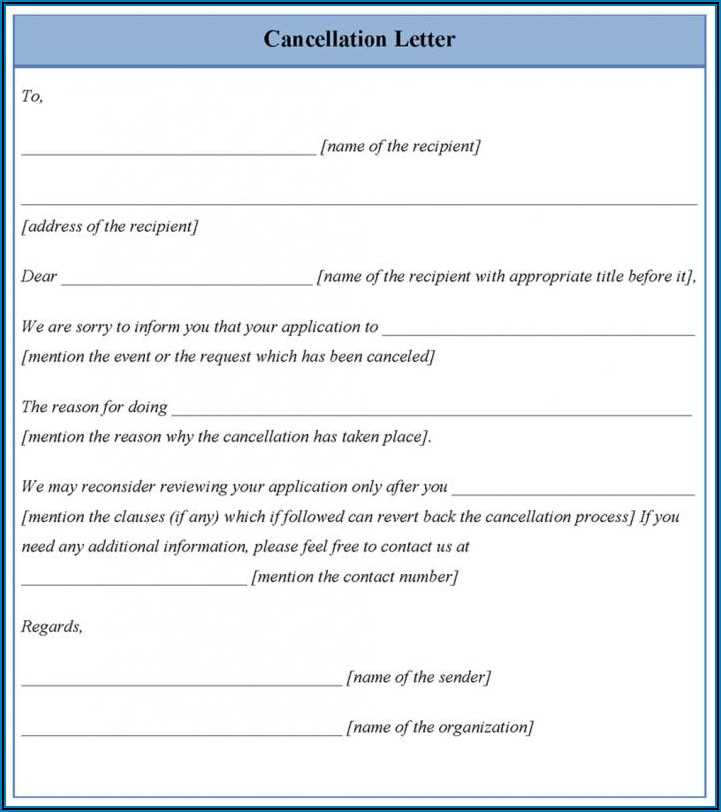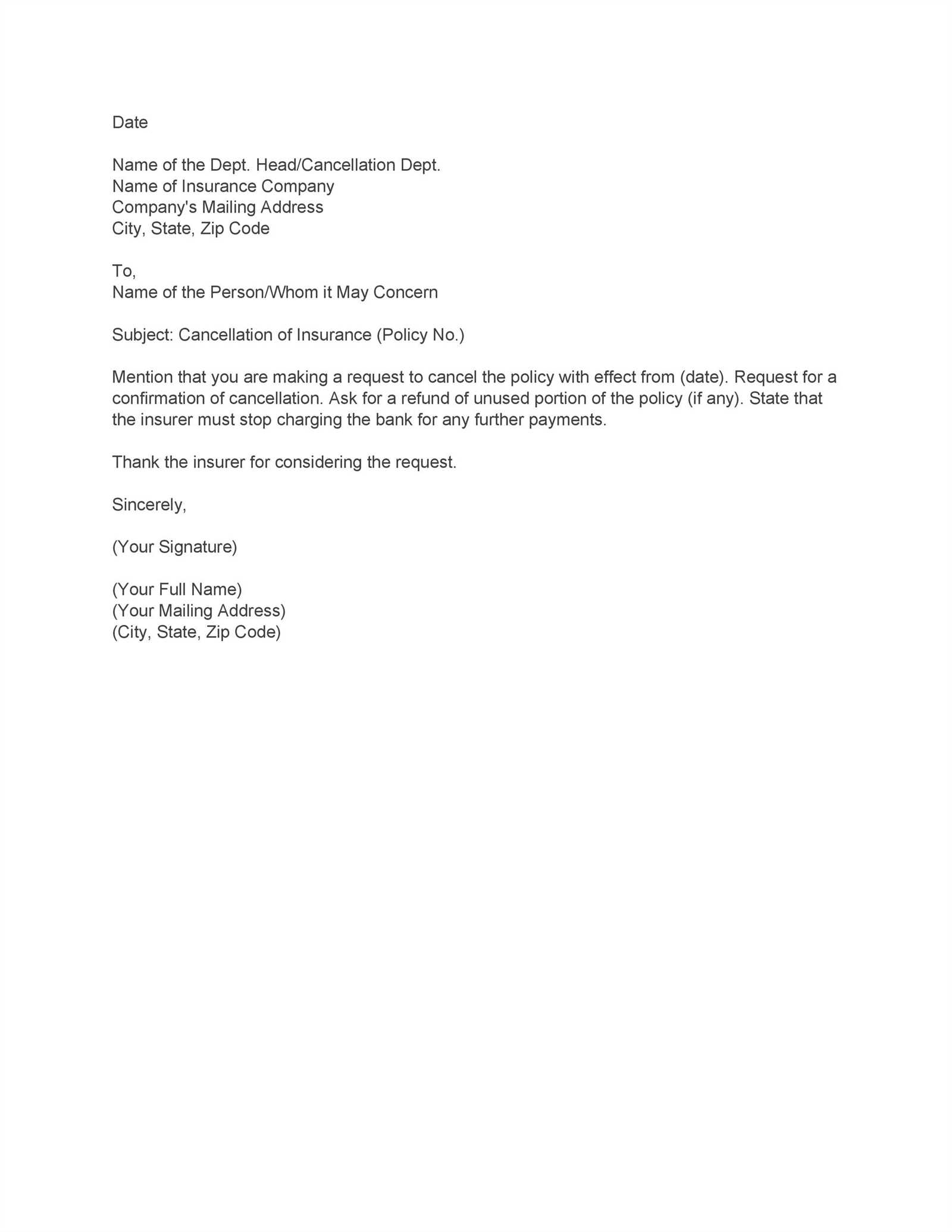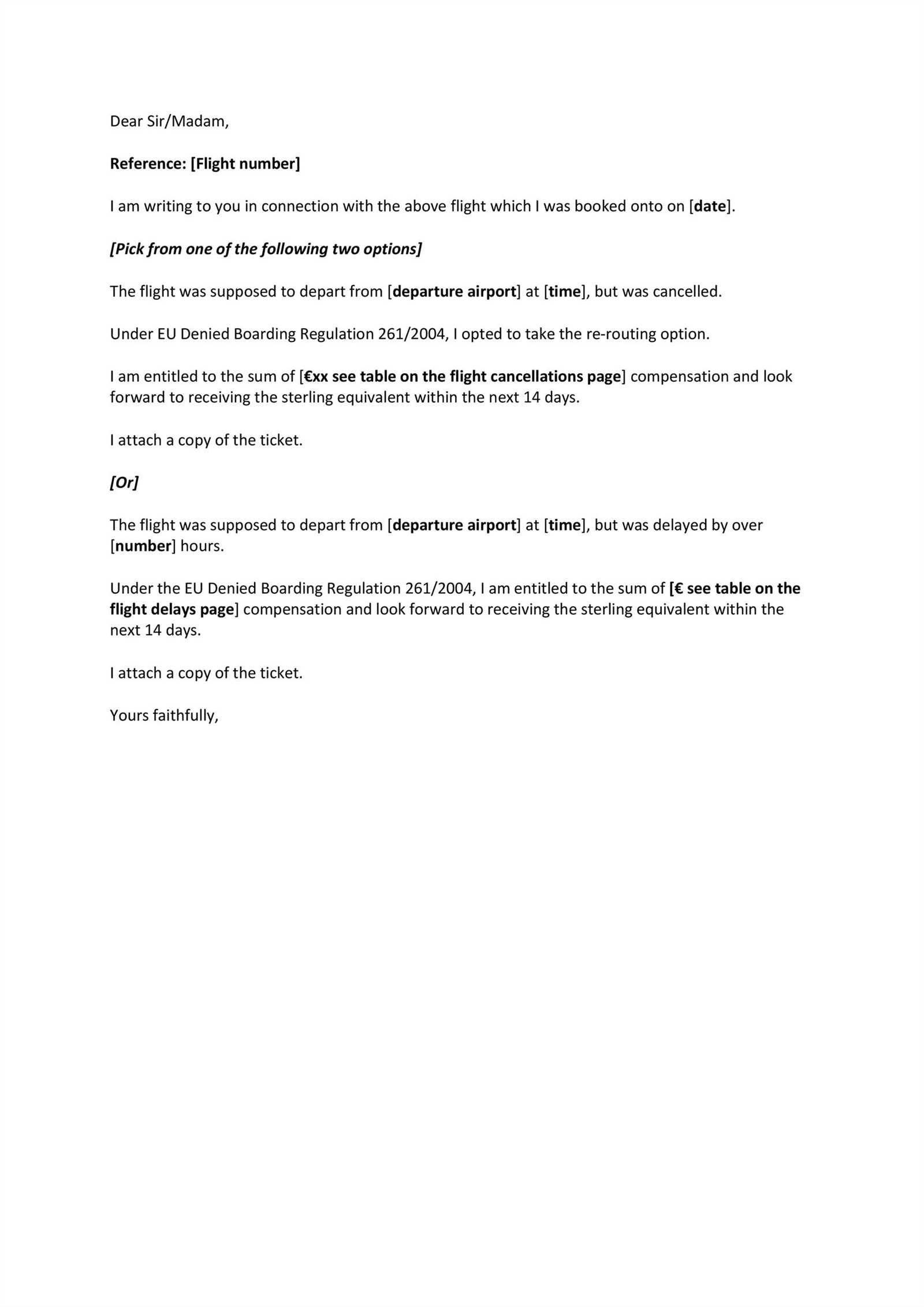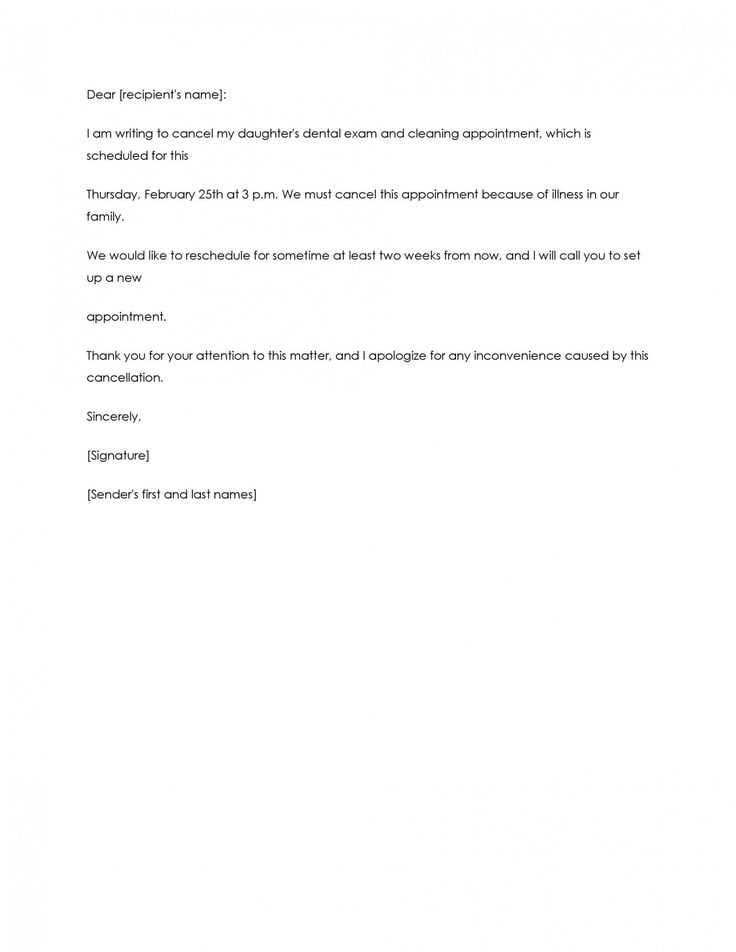Free Gym Cancellation Letter Template for Easy Use

Ending a membership with any service can be a tricky process if you’re not prepared. It’s important to approach the situation in a professional manner to avoid complications and ensure a smooth transition. Whether you’re changing gyms, relocating, or simply reassessing your fitness needs, knowing how to communicate your decision clearly is key.
There are various ways to formally request the termination of an agreement, but the most effective method is often the simplest. By using a well-structured and clear request, you ensure that all necessary details are covered. This helps prevent misunderstandings and streamlines the process, making it easier for both parties involved to move forward.
Understanding the key components of a professional communication can save you time and frustration. It’s important to include specific information such as your account details, the reason for discontinuation, and any required timelines. With the right format, you can quickly resolve the situation and avoid potential fees or penalties.
In this article, you’ll discover helpful advice on how to create a concise, effective request for service termination.
Why You Should Cancel Your Membership
There are several valid reasons why people decide to end their commitment to a fitness program. Whether it’s due to personal circumstances, financial concerns, or simply not achieving desired results, it’s important to recognize when it’s time to move on. Making the decision to stop can help you regain control of your time and resources, enabling you to focus on more suitable options.
Common Reasons for Ending a Membership
- Health Issues: Injuries or health-related problems can make it difficult to continue with certain fitness routines.
- Financial Considerations: Monthly fees may no longer fit into your budget, especially if there are no longer any benefits.
- Lack of Motivation: If the location or environment isn’t encouraging, sticking with a membership becomes a struggle.
- Inconvenience: A long commute or inconvenient hours can make visiting the facility impractical.
- Shifting Priorities: You may have found a new activity or commitment that better aligns with your lifestyle.
Benefits of Ending Your Membership
- Save Money: Eliminate ongoing payments for services you no longer use.
- Time Management: Reclaim valuable time for other priorities and interests.
- Focus on Health: Redirect your attention toward other wellness activities that better suit your needs.
- Personal Growth: Stepping away can open up new opportunities to explore other hobbies or activities.
Steps to Create a Termination Request

Writing a formal request to end an agreement requires clarity and precision. By including all the necessary details and adhering to a structured format, you can ensure your request is processed efficiently. This section will guide you through the essential steps to create a professional and effective communication for halting your membership.
1. Include Your Personal Information
Start by including your full name, address, and contact details at the top of the document. This ensures the recipient can easily identify you and locate your account in their records.
2. State the Purpose Clearly
In the opening sentence, mention the specific intention to discontinue the service. Be direct but polite, ensuring there’s no ambiguity in your request.
3. Provide Relevant Account Information
Include membership or account numbers if applicable. This helps the organization identify your account and process your request without delays.
4. Specify the Date of Termination
State when you wish the agreement to officially end. If there are any required notice periods, mention that and ensure it aligns with the terms outlined in the original contract.
5. Ask for Confirmation
Request a written confirmation or acknowledgment from the company, ensuring the process is completed and that no further payments will be charged.
6. Keep the Tone Professional
While it’s important to be clear, ensure your tone remains courteous and respectful. A polite approach increases the likelihood of a smooth resolution.
Following these steps will help you draft a well-organized and professional request, minimizing any complications during the process.
Essential Elements of a Termination Request

When you decide to end your commitment, providing all necessary details in your request is crucial. A complete and well-organized document ensures that the recipient has all the information needed to process your request efficiently. There are key elements you should include to avoid any misunderstandings and ensure that your request is handled correctly.
1. Personal and Contact Information
Begin by listing your full name, address, and contact details. This ensures that the company can quickly identify your account and get in touch if needed.
2. Clear Intent to End the Agreement
State your purpose clearly. Use direct language to indicate that you wish to terminate the agreement, without leaving room for confusion.
3. Account Identification
Include any relevant account numbers, membership ID, or other identifiers that can help the organization locate your records quickly and accurately.
4. Desired Termination Date
Clearly state when you would like the agreement to officially end. If a notice period is required, make sure to mention this and align it with the terms of the original agreement.
5. Request for Confirmation
Always ask for a written confirmation that your request has been received and processed. This provides assurance that your account will be closed and no further payments will be charged.
Including these key components in your request ensures a smooth and professional process, helping to avoid delays or complications.
How to Avoid Termination Pitfalls
Ending a service agreement can sometimes lead to complications if not done carefully. To ensure the process goes smoothly, it’s important to be aware of common mistakes that can delay or derail your request. By taking the right precautions, you can avoid unnecessary stress and potential extra costs.
Key Mistakes to Avoid

- Not Reading the Contract
Always review the original terms before submitting your request. Understanding the notice period, fees, and other obligations will help prevent surprises. - Ignoring Deadlines
Make sure to submit your termination request within the required time frame. Missing a deadline could result in additional charges or a longer commitment than expected. - Vague Requests
Be clear and specific about your intention. Ambiguous language could lead to delays or confusion during the processing of your request.
Steps for a Smooth Process
- Double-Check Your Information
Verify all details before submitting your request. Ensure your personal and account information is accurate to avoid any errors. - Follow Up
After sending your request, follow up to confirm its receipt and processing. This will help ensure that your request is being handled in a timely manner. - Keep Records
Save a copy of your request and any confirmation emails or letters. Having proof of communication will protect you if issues arise later.
By avoiding these common pitfalls, you can simplify the process and ensure a smooth conclusion to your service agreement.
Understanding Terms for Membership Termination
Before ending your agreement, it’s crucial to understand the terms and conditions outlined by the service provider. These rules dictate how and when you can officially conclude the arrangement, as well as any potential penalties or fees involved. Familiarizing yourself with these details helps prevent unexpected complications and ensures a smooth process.
1. Notice Period
Many providers require a certain amount of notice before the agreement is terminated. This period allows them to prepare for the change and avoid any confusion. Be sure to check how long you need to inform them in advance and adhere to this requirement.
2. Early Termination Fees
Some contracts may include fees for ending the agreement before a specified period. Understanding these charges upfront can help you avoid any financial surprises later. Review the contract to see if there are any stipulations regarding early termination costs.
3. Automatic Renewals
Many memberships are set to automatically renew after a certain period. It’s important to know when this happens and whether you need to take action to prevent an unwanted renewal. Be proactive in checking the renewal dates and terms.
4. Refunds and Credits
In some cases, you may be eligible for a refund or credit if you’ve paid in advance. Review the provider’s policy on refunds and the conditions under which they offer reimbursement or credits for unused services.
Understanding these key terms will help you navigate the termination process more effectively and avoid unnecessary issues.
Where to Find Free Request Templates
If you’re looking for a simple and efficient way to create a formal document to end your commitment, there are many resources available online. These sources provide ready-made formats that you can customize, saving you time and effort. By using templates, you can ensure your request meets the necessary standards while avoiding the need to start from scratch.
Many websites offer downloadable forms or provide interactive tools where you can fill in your details and receive a personalized document. Legal advice websites, contract assistance platforms, and even blogs focused on consumer rights are all great places to look for such resources.
Additionally, word processing software often includes pre-built formats for various types of formal communication. You can simply search for a relevant option and modify it according to your needs. These built-in tools are convenient and easy to use, especially if you prefer offline options.
Lastly, some online communities or forums dedicated to consumer rights and contracts may share examples of successful requests. These can be particularly helpful as they might include tips or advice on what worked well for others.